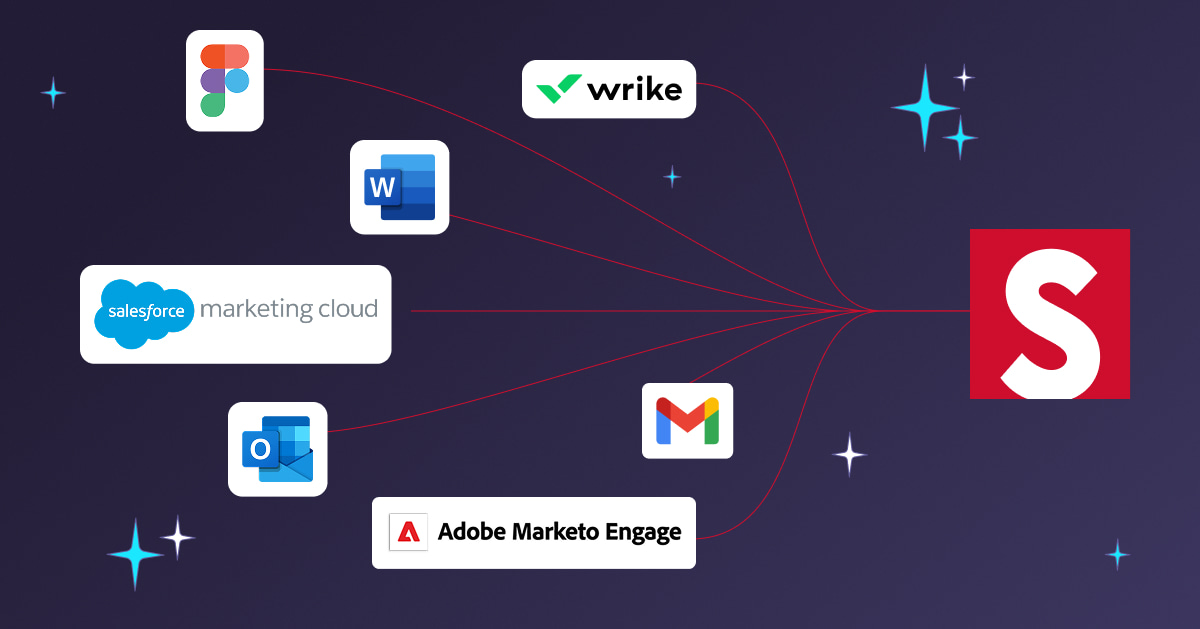Spring is a time of new beginnings, which includes your approach to email marketing.
Clean out the old, traditional processes that slow down your email marketing and plant new seeds for list growth.
Start fresh and check out our tips for spring cleaning your email marketing list below.
Why you need a spot of spring cleaning

It’s a tough market out there and customers want to have the best possible experience with your brand.
Unfortunately, a staggering 53% of consumers have said that they get too many irrelevant emails from brands.
Additionally, email lists are declining by around 22% every year and up to 33% of your subscribers will never open your emails.
Don’t let your brand be associated with annoying or irrelevant emails.
Start cleaning your email list and ensure only those who are interested or engaged receive your communications.
How to scrub your list clean

First things first, what does it mean to scrub or clean your email list?
Basically, you’re removing any subscribers from your email list that are unengaged.
This is usually sparked by declining open and click rates, and a surge in the amount of people that are unsubscribing or marking your emails as spam. Additionally, you might notice that many of your emails aren’t making it to the inbox.
If you’re seeing above average unsubscribe rates, and below average open and click rates then it’s time to make a change.
So where to start? Obviously, remove hard bounces.
If you send an email to a subscriber and it hard bounces, it means you’ll never be able to email that recipient.
This is usually because the email address doesn’t exist, that domain address doesn’t exist, or delivery is completely blocked by their email server.
Check the email addresses for common spelling errors before removing them, as that’s sometimes the issue.
Additionally, look at the soft bounces that you’re getting from subscribers. These bounces are when an email address was valid but your email may have bounced back because their inbox was full, the mail server was temporarily down, or the email was too large for their inbox. Whatever the reason, analyze the situation and determine whether they need to be removed from your list.
You should also review your list and look for inactive subscribers, those recipients who haven’t opened or clicked on your emails for a significant period of time.
Try to re-engage them by creating a separate segment for them and sending them a funny “break-up” email or a special offer.
Review the success of this campaign, analyze which subscribers didn’t engage, and whether you want to remove them from your list.
On the other end of the spectrum, if you’ve got subscribers that are really engaged (opening and clicking on your emails frequently), you may want to consider putting them in a special email stream with meatier content and more offers.
If you’re ready to move to the next level, you could start lead scoring your subscribers so you can keep track of how active they are. If a lead was engaged but hasn’t opened an email in a while, then their lead score should reflect that.
Feel free to reach out to us at hello@stensul.com if you have any questions. Happy spring cleaning!




